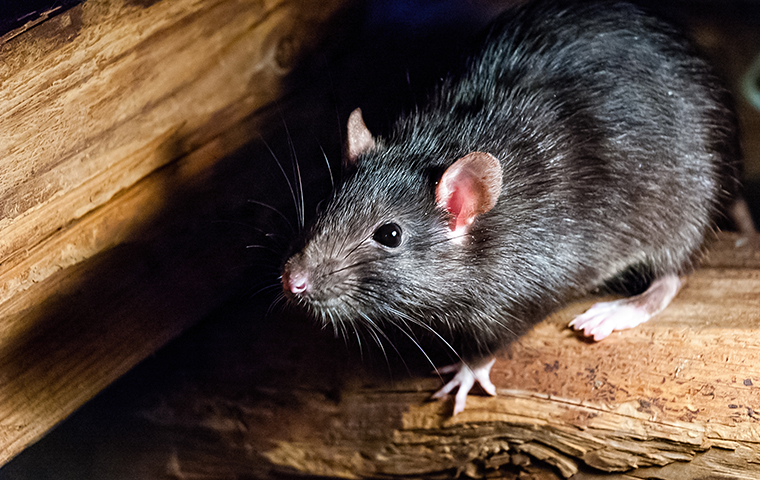Why do roof rats inhabit attics.
Roof rat nest in attic.
Do roof rats cause diseases.
Attics however often contain nests of rats as they make an ideal nesting site because they are dark warm dry and undisturbed.
Typically living in colonies roof rats prefer to nest in the upper parts of buildings such as attics and rafters.
Rat poison seems like the easy solution to a rat invasion.
Roof rats have smaller and sleeker bodies and.
Finding shredded materials in the attic is strong evidence of a rat infestation.
A roof rat nest in the attic will be primarily made of torn apart insulation from your home.
Rats enter buildings through small holes the size of a quarter or cracks as narrow as 1 2 inch across.
They can also be found under in and around structures as well as in piles of wood or debris.
Rats in the attic size.
Make sure all exterior doors are tight fitting and weatherproofed at the bottom.
Make sure internal screens on roof and attic air vents are in good repair.
Unlike the norway rat which is also known as a sewer or brown rat roof rats are smaller in size and their tails.
Roof rats can enter through a small hole the size of one half inch.
Generally preferring sheltered or covered habitats roof rats are attracted to lush landscapes dense vegetation and fruit trees.
Roof rats are usually black while norway is brown or gray.
Roof rats have smaller and.
Their nests can be found in.
Rats climb brick rock logs stucco or any rough surface and can access locations high or.
They also chew their way through entry holes gaps in the roof fitting through cracks and crevices.
A female rat can become pregnant within 48 hours of giving birth and just two rats can multiply to dozens if you don t take appropriate measures to stop them.
Never use rat poison in your attic.
Beware of roof rats in the attic size.
Rats breed and give birth all year long up to six times a year.
Also they may use paper goods and other found scrap to construct their nest inside your attic.
Outside roof rats will nest in trees woodpiles garbage and plants.
Attics buildings garage storage spaces piles of rubbish or wood rafters roofs trees wall voids.
Cover rooftop plumbing vent pipes in excess of 2 inches in diameter.
Roof rats are generally black in color while norway rats are brown or gray.
Contrary to the norwegian rat also known as a sewer or brown rat the roof rats size and tails are longer than.
In contrast to other.

